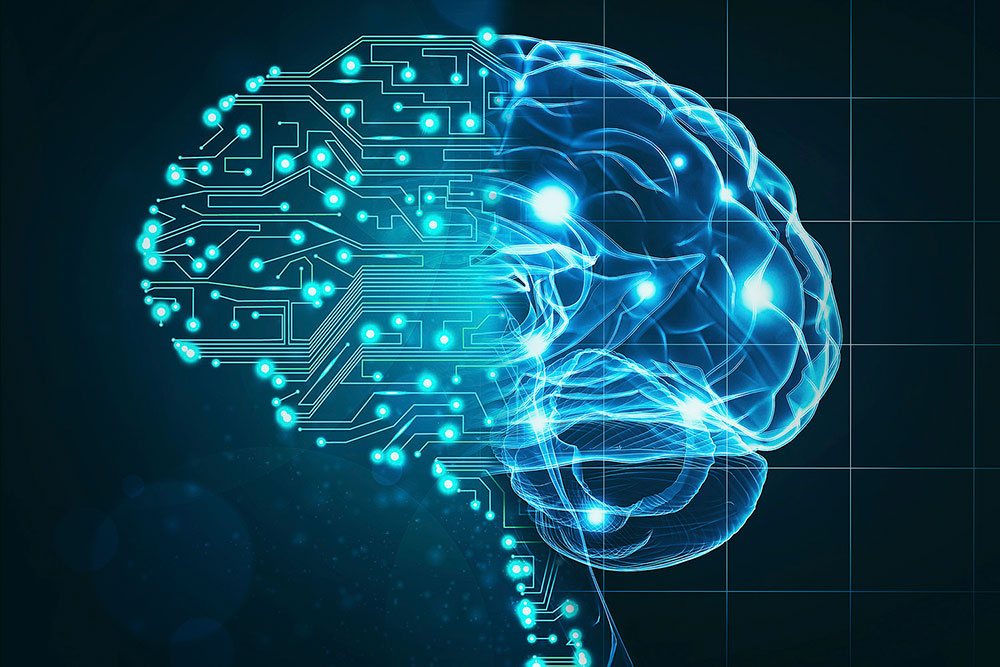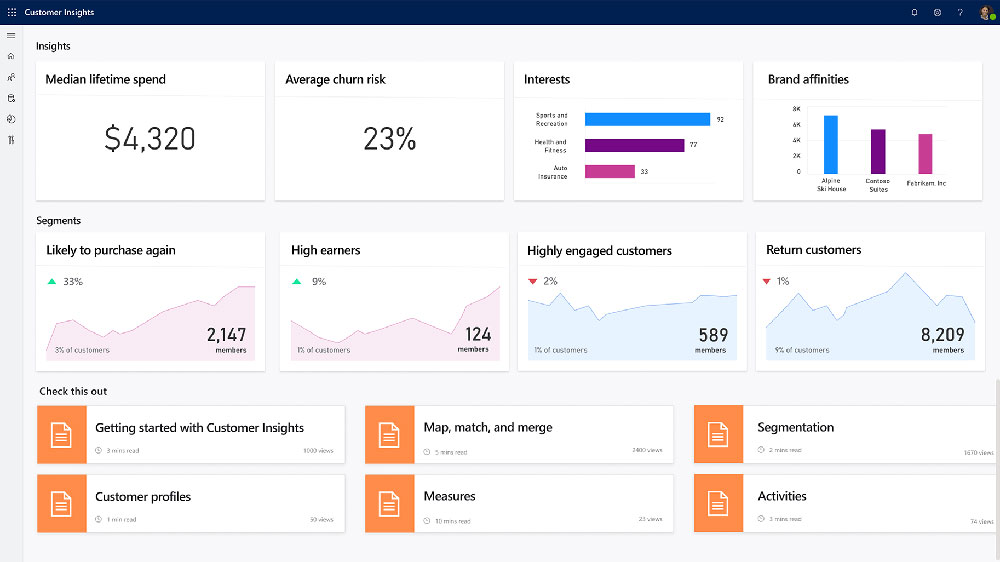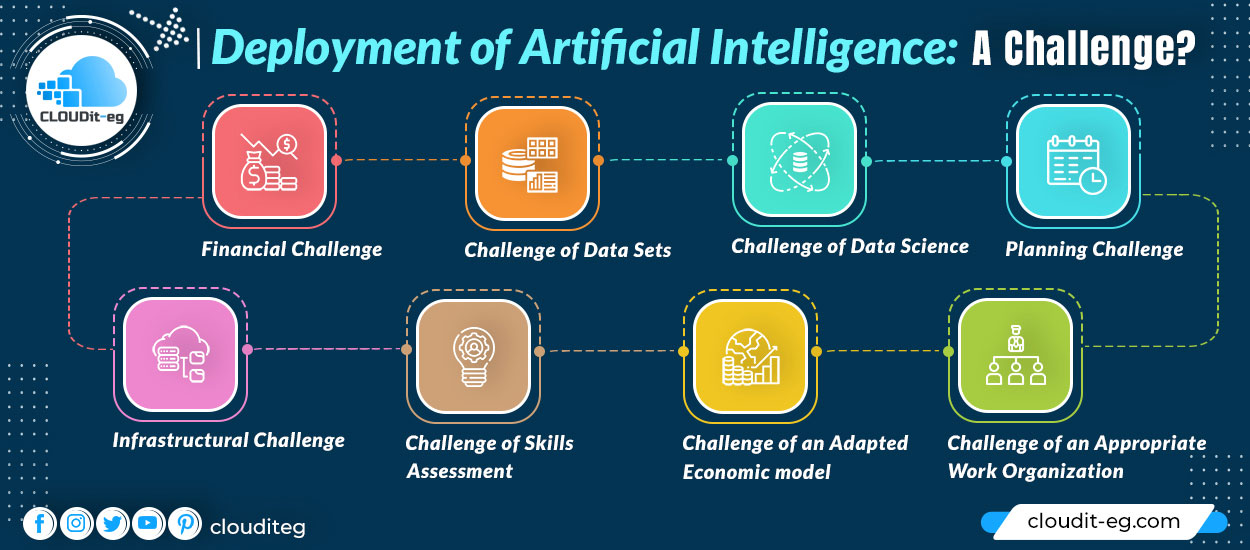Based on models discussed since the 1980s, Artificial Intelligence, or AI, has long been relegated to the rank of chimera without an economically viable technological application. However, the past decade has proven that it is possible to take advantage of the huge oceans of data brought to life by the sphere of the Internet and connected object users. Combined with increasingly successful models, the mane of “Big Data” allows AI to be present in many aspects of our lives today. Technical, commercial, even social … AI continues to gain ground by responding to increasingly common consumer needs. Generating wealth and, consequently, employment, the optimal integration of AI in certain key sectors and in everyday life poses some challenges. What are they?
Financial Challenge: AI is hungry for investment
Requiring the intervention of many experts from various backgrounds, AI requires significant commitment and collaboration at the crossroads of various specialties. While the promised profitability is sizeable, as a study by PWC explains, with nearly $ 15.7 trillion by 2030 for the global economy, the investment is also sizeable.

Challenge of Skills Assessment: where to find the brains?

Challenge of Data Science: a very young field
Recent developments in Data Science, which underpin the effectiveness of AI model applications, have highlighted the need for experts in the field to shape the data to feed the program. The main challenge that companies face in this regard is finding the talent the team needs.
Infrastructural Challenge: models and machines
Whether it is the architecture of the data or the power of the machines used to develop and produce AI applications. The needs can quickly become colossal. It is, therefore, necessary to invest in Research and Development positions in order to improve technical infrastructures, both in terms of hardware platforms and software platforms.
Challenge of Data Sets

Planning Challenge
The recency of AI innovations reveals a major problem: the lack of visibility into the future of projects. As a result, it is difficult for the moment to establish a plan that will infallibly attract investors and coordinate energies for optimal development. A real reflection is, therefore, necessary for the long term. In order to unite the major players in the current world of AI and effectively convince the holders of capital.
Challenge of an Adapted Economic model
One of the causes of the difficulty of planning is a certain inadequacy of current economic models. Here too, deep reflection must be carried out in order to measure as closely as possible to reality the impact of AI on the various stakeholders in its adventure, from the designer to the end-user. Only at this price will it be possible to develop a viable economic model that will convince investors.
Challenge of an Appropriate Work Organization
Finally, the way of communicating key information is also one of the elements requiring profound transformations. In contrast to a dynamic schema necessary for the effective adjustment of models and the feeding of an AI, the traditional organizational silo structure, still in force, does not provide such a framework. A profound structural change must therefore be made in order to pave the way for the age of AI.




